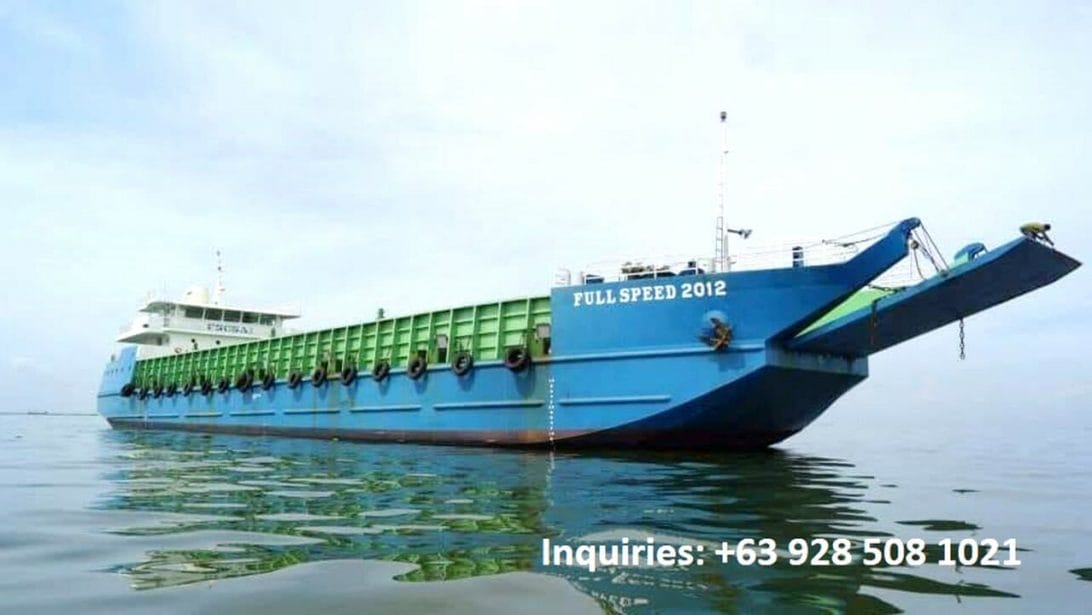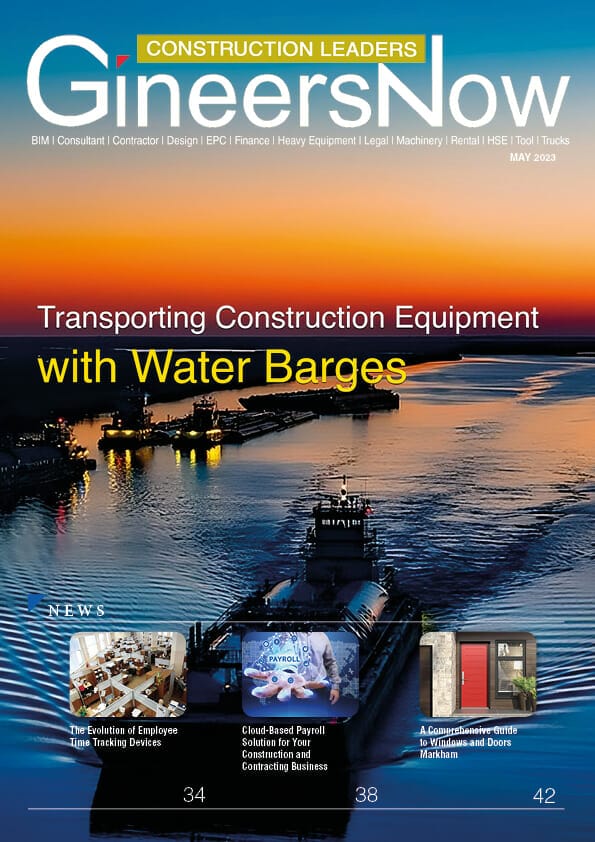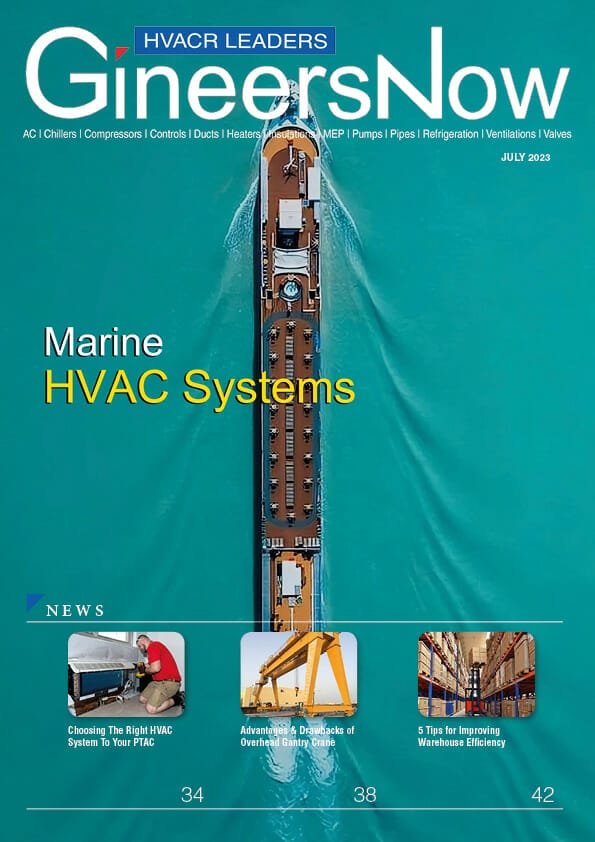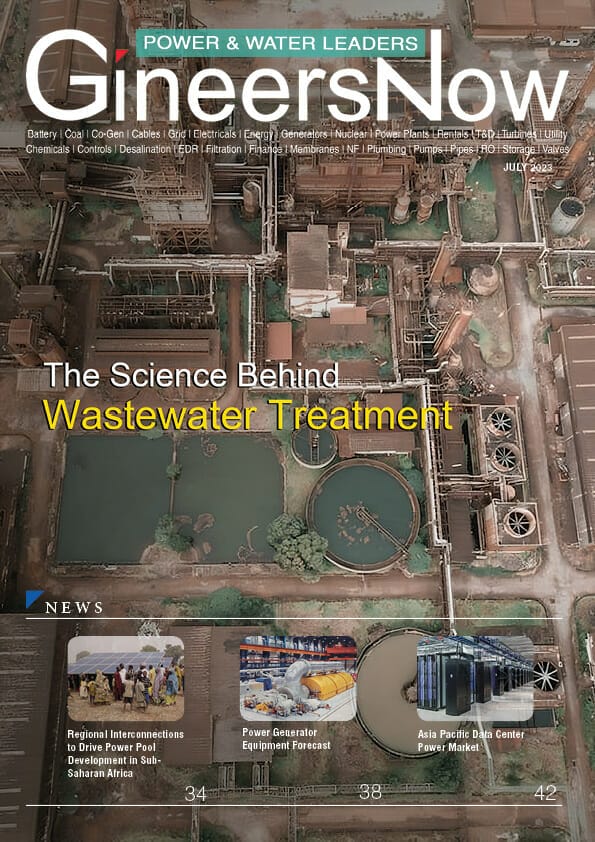Discover how water barges can transport construction equipment safely and efficiently to and from your job site in the Philippines. Learn more about the advantages of using water barges for construction equipment transportation today!
Water barges in the Philippines have become an increasingly popular method for transporting heavy construction equipment. This innovative and efficient transportation method is becoming a go-to option for many businesses that need to move large items from one location to another. Water barges provide an economical solution for quickly transporting goods over long distances, as well as across difficult terrain that would typically be inaccessible by land transport. With the increasing availability of water barge services, businesses are finding new ways to tackle construction projects efficiently.
Transporting Heavy Equipment with Water Barges
Transporting heavy equipment in the Philippines can be a daunting task, especially when it comes to construction machinery. However, with the advent of water barges, the transportation of heavy equipment has become much easier and more cost-effective. Water barges are an efficient mode of transport as they can carry large amounts of weight without causing damage to roads or infrastructure.
One major advantage of transporting construction equipment with water barges is that it reduces road congestion and wear and tear on roads. This saves money for both construction companies and local governments, which would otherwise have to spend significant amounts on road maintenance. Additionally, since water routes are not affected by traffic jams or accidents, there is no delay in delivering the equipment to its destination.
Another benefit of using water barges for transporting heavy equipment is that they offer a safer means of transportation compared to other modes of transportation, such as road transportation.

Challenges: Land Logistics Difficulties
Transporting construction equipment through water barges in the Philippines is a cost-effective and time-efficient way of moving heavy machinery. However, it comes with its fair share of challenges, particularly in land logistics. The process involves careful planning, coordination, and execution to ensure that the equipment reaches its destination safely and on time.
One significant challenge is the need for specialized transportation equipment to move the machines from the barge to their final destination. This requires detailed knowledge of local regulations as well as access to specific types of cranes or trucks designed for transporting heavy loads. Additionally, it’s essential to have a clear understanding of how much weight can be transported on each vehicle without exceeding legal limits.
Another significant challenge is coordinating delivery times with other parties involved in the project. For instance, if there are delays at any point in the process, it could cause ripple effects throughout the entire supply chain.
Benefits of Water Transportation Like Barges
Transporting construction equipment in the Philippines is a difficult and time-consuming task. To make this process easier and more efficient, the use of water barges is becoming increasingly popular among those in the construction industry. Water barges are an ideal way to transport large, heavy equipment across bodies of the water safely and efficiently. This article will explore the various advantages of using water barges for transporting construction equipment and address any potential risks involved.
Water transportation, specifically using barges to move construction equipment, has numerous benefits that make it a highly attractive option for businesses. First and foremost, water transport is significantly cheaper than land-based options. This is because moving heavy equipment via barge consumes less fuel and requires fewer labor hours compared to trucking or rail transport.
Moreover, water transportation is also more environmentally friendly than other forms of transport. Barges produce fewer emissions per ton-kilometer of cargo transported than road or rail vehicles. Additionally, it reduces the need for large trucks on highways, which can lead to congestion and add to air pollution.
Another advantage of transporting construction equipment with water barges is that it allows for larger and heavier cargo to be moved at once. Unlike trucks and trains, which have weight limits, barges can accommodate extremely heavy loads without having to worry about damaging roads or tracks along the way.

Process of Moving by Water
Moving heavy equipment in the Philippines can be a challenge that requires careful planning and execution. One method of transporting construction equipment is through the use of water barges, which offer a practical alternative to traditional land-based transport. Water barges are flat-bottomed boats equipped with cranes and other necessary equipment for loading and unloading cargo.
The process of moving by water involves several steps, including selecting the right barge for the job, determining the best route to take, obtaining necessary permits and licenses, and ensuring compliance with safety regulations. Once these preliminary steps have been taken care of, it’s time to begin loading the equipment onto the barge. This is typically done using cranes or other heavy-lifting machinery capable of handling large loads.
Once all equipment has been loaded onto the barge, it’s time to set sail!
Cost Considerations
Transporting construction equipment with water barges in the Philippines can be a cost-effective solution for companies looking to move heavy machinery. One of the key benefits of using water barges is that they are often less expensive than other modes of transportation, such as trucks or trains. Additionally, water transport can reduce the wear and tear on equipment, which means that companies may save money on maintenance and repairs over time.
However, it’s important to consider some potential costs associated with transporting construction equipment via a water barge. For example, there may be fees for loading and unloading the equipment at ports, as well as charges for tugboat services. In addition, companies need to factor in insurance costs and any additional expenses related to securing the cargo during transit.
Despite these potential costs, many companies find that using water barges is still a cost-effective way to transport construction equipment over long distances.
Environmental Factors
Transporting construction equipment through water barges in the Philippines is an innovative solution that has become increasingly popular in recent years. This process of transporting heavy machinery and equipment used in construction projects is not only cost-effective but also environmentally friendly, reducing the impact on the environment by minimizing the number of trucks on the road.
The use of water as a means of transportation for heavy equipment has several benefits. It is a more sustainable option than traditional methods, such as road transportation, which can be noisy and release harmful emissions into the atmosphere. Water transport also reduces traffic congestion on roads, making it easier to transport bulky machinery without causing traffic jams or delays.
In addition to being eco-friendly, transporting construction equipment through water barges also provides other advantages. For instance, it allows for easy access to remote locations that may not be accessible by road.
Read GineersNow Construction Magazine for Free
Editor’s Note
Transporting construction equipment with water barges in the Philippines is becoming an increasingly popular option for those looking to move large, cumbersome items. Water barges offer a reliable and cost-effective means of transportation and offer many advantages over traditional methods. Advances in technology and engineering have allowed barge operators to safely transport large construction equipment in a safe, secure, and timely manner. Since barge transportation is powered by water, it can be an environmentally friendly alternative to other forms of transportation.
Water barges offer several advantages over land transportation. They have larger capacities than trucks or trains, which means that more equipment can be transported in one trip. This reduces the number of journeys required and helps to minimize costs. In addition, water transport is more environmentally friendly than road transport as it produces fewer emissions and causes less wear on roads.
Despite these advantages, there are also some challenges associated with transporting construction equipment with water barges. Firstly, navigating through narrow channels or under low bridges can be difficult for larger vessels carrying oversized loads.
Water barges offer a safe, efficient, and cost-effective way to transport construction equipment over long distances. Not only are they more environmentally friendly than traditional methods of freight delivery, but they also provide an opportunity to save time, money, and resources. In addition, the use of water barges eliminates the need for costly and time-consuming road trips that are often associated with conventional freight transportation. As such, water barge transportation is an invaluable tool for any job site requiring the delivery of construction equipment.
Final Thoughts: Leveraging Water Barges
In conclusion, transporting construction equipment with water barges in the Philippines is a cost-effective and safe solution to an often difficult problem. The benefits of reduced costs, less wear and tear on roads, and increased safety make it a viable option for companies looking to transport their heavy machinery. Companies should research their options carefully, as there are many types of barges available for different types of jobs. It’s clear that utilizing water barges can provide many great advantages for those in the construction industry.











